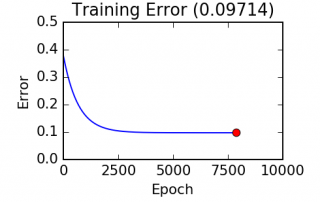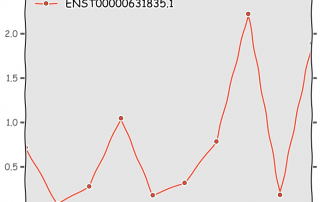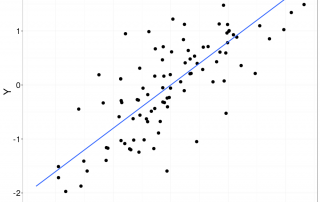Gradient Descent
Gradient descent is an iterative algorithm that aims to find values for the parameters of a function of interest which minimizes the output of a cost function with respect to a given dataset. Gradient descent is often used in machine learning to quickly find an approximative solution to complex, multi-variable problems. In my last article, Introduction to Linear Regression, I mentioned gradient descent as a possible solution to simple linear regression. While there exists an optimal analytical solution to simple [...]




